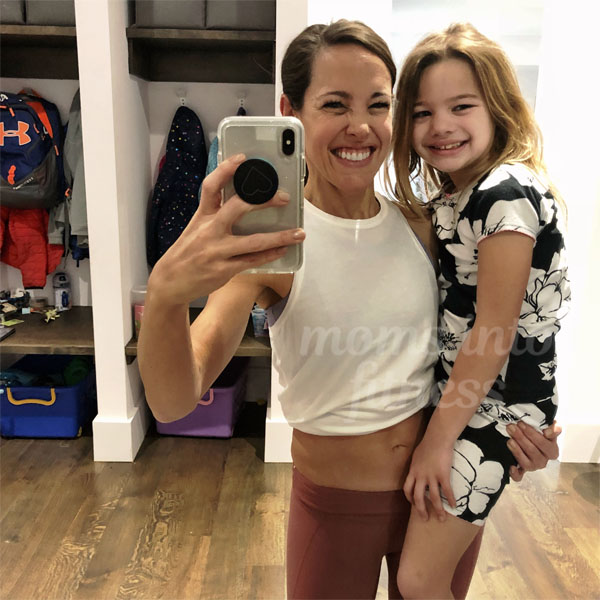
by Stephanie Margolis, R.D.
Raising a healthy eater is tough. All moms want to raise healthy eaters, and it’s proven the habits established in childhood follow us into adulthood. So where should a busy mom start?
Start Early. The way you eat while pregnant can impact your child’s health and even their taste buds as adults. Once old enough, have a conversation explaining how food is fuel, not a reward, and focus on the importance of listening to our bodies. For example, say something like, “Whenever your body tells you that you’re full, then you’re full. It’s time to stop eating. There is no clean-plate club.” You’ll be surprised what becomes a core habit. Start the conversation early, so listening to hunger cues becomes natural.
Take the role of nutritional gatekeeper seriously. Dietitians view healthy eating habits as, ultimately, the parents’ responsibility. You’re the nutritional gatekeeper and responsible for bringing food into the house.
Your kids are responsible for what they eat and how much. Set out the snacks, establish healthy meals and meal times, but allow your children to choose the snack.
Cook together. This doesn’t have to be be a huge, elaborate production, and children don’t even have to do actual cooking. My seven-year old performs small tasks, like getting the breakfast cereals out for everybody in the morning. He also makes his own lunches daily. By helping in the kitchen, children become familiar with healthy eating rituals, plus experience some satisfaction associated with meals.
Make family meals a priority. A large body of nutritional research supports the fact that families with consistent family meals have children with healthy eating habits and weights in a healthy range. Eat together consistently and your children will have less issues with weight and food in adulthood. At least couple times a week, sit down and eat as a family. No pressure to make each meal a traditional, “everybody sitting at the dinner table with meatloaf and potatoes.” Whatever a family meal looks like for your individual family is fine. The main objective is to “hit pause.” Stop and pay attention to what you’re eating and strengthen those relationships with your kids.
Set an example. Choose the healthiest foods that fit into your lifestyle. Show your children what healthy living looks like, and it will leave a lasting impression.
Don’t become a personal chef or caterer to your children. I bokked at this thought too;) Make one meal and that’s it. This can be challenging, especially with multiple children. Making sure everyone eats, even when everyone doesn’t like a certain food served, is a lot of pressure. If they choose not to eat what’s served, however, then that’s what they choose. Do not become a short-order cook.
If you’re dealing with particularly picky eaters, try planning one meal with one thing you know everyone will eat. My kids really like carrots, so I serve carrots, cooked or uncooked, with almost every meal. If they don’t like anything else on the menu, I can guarantee somebody’s crunching away on carrots.
Don’t allow too much grazing or snacking. My oldest could snack all day and never eat a meal. You set the eating schedule. Set time for snacks and time for meals. Make it clear. “This is our snack. You need to eat what fills your body, knowing there’s not going to be anything until our next meal.” Pre-portioning snacks is also effective. This prevents mindless eating by keeping snack portions healthy.
Children don’t need as many calories as adults. Cutting a glass of milk or a glass of apple juice by just one cup daily makes a difference in their appetite. Be mindful about where their calories are coming from during the day. Is it balanced?
Don’t use food as a reward. Take out the emotion. Think about how you present food to your family. Do you say, “You’ve had a tough day, let’s get some ice cream?” The message you’re sending, “I’m feeling sad, so I should try to make myself feel better by eating something.” Give healthy ways to deal with emotion without eating.
Don’t expect kids to eat like adults. Depending on their age, children are eating anywhere from a third to half the portion sizes adults eat. Be mindful of portion sizes. Also, consider the variety in their diets. Are they eating from different food groups throughout the day, throughout the week. Taste buds change. Make sure your kids understand this fact. “Even if you didn’t like this when you were four, maybe now that you’re six, try it again.” Introducing foods over and over may also help to warm up certain foods to them. Children, however, will not eat exactly what you eat.
For further reading on kids nutrition, I recommend starting here. Ellyn Satter, R.D., has mastered kids’ dietary needs and the emotional side of eating.
